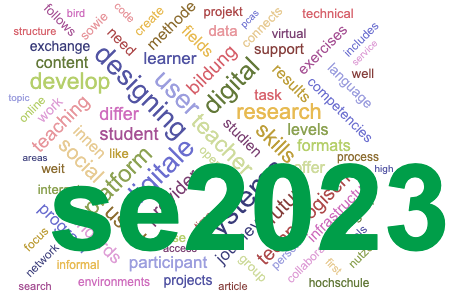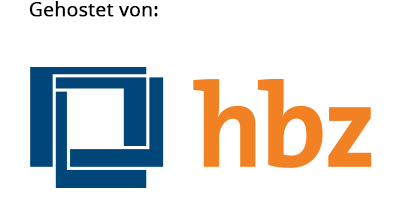Enhancing Collaboration and Digital Teaching Competencies in Higher Education: The KoKoN Project
Schlagworte:
Digitale Lehre, Kompetenzen, competencies, digital teaching, digitale Kollaboration, e-collaboration, e-learningAbstract
Die Notwendigkeit einer schnellen Umstellung vom klassischen Präsenzunterricht auf digitale und virtuelle Lernformate während der Corona-Pandemie stellte selbst erfahrene Hochschullehrende vor Herausforderungen. Wenn Lehrende nach geeigneten Methoden für ihre Lehrszenarien und die damit verbundene Lehrkooperation suchen, nutzen sie in erster Linie den Austausch mit Kolleg:innen oder die naheliegende (Google-)Suche im Internet. KoKoN zielt darauf ab, über die Digitale Vernetzungsinfrastruktur für die Bildung (DVIB) einen einfachen und sicheren Zugang zu qualitativ hochwertigen und didaktisch aufbereiteten Lehr- und Lernmethoden zu ermöglichen, wobei die kooperative Nutzung und Weiterentwicklung didaktischer Methoden mit der Reflexion von erfahrungsrelevanten Best-Practice-Informationen für alle Nutzer:innen im Vordergrund steht. Der Beitrag beschreibt anhand eines Nutzungsszenarios die zentralen Komponenten dieses Projekts.Downloads
Veröffentlicht
2023-09-13
Ausgabe
Rubrik
Beiträge



